abstract
genes, genetic analysis, and heritability in behavior
the nature of the gene
genes are arranged on chromosomes
the relationship between genotype and phenotype
genes are conserved through evolution
the role of genes in behavior can be studied in animal models
circadian rhythm is generated by a transcriptional oscillator in flies, mice, and humans
natural variation in a protein kinase regulates activity in flies and honeybees
the social behaviors of several species are regulated by neuropeptide receptors
Genetic studies of human behavior and its abnormalities
neurological disorders in humans suggest that distinct genes affect different brain functions
autism-related disorders exemplify the complex genetic basis of behavior traits
psychiatric disorders and the challenge of understanding multigenic traits
complex inheritance and Genetic imprinting in human genetics
multigenic traits: many rare diseases or a few common variants?
an overall view
content
39
all behavior are shaped by the interplay of genes and environment. the most stereotypic behaviors of simple animals are influenced by the environment, and the highly evolved behaviors of humans are constrained by innate properties specified by genes. genes do not control behavior directly, but the RNAs and proteins encoded by genes act at different times and at many levels to affect the brain. genes specify the developmental programs that assemble the brain and are essential to the properties of neurons and synapses that allow neuronal circuits to function. genes that are stably inherited over generations create the machinery that allows new experience to change the brain during learning
genes, genetic analysis, and heritability in behavior
the nature of the gene
41
genes are made of DNA, and it is DNA that is passed on from one generation to the next. through DNA replication exact copies of each gene are provided to all cells in an organism as well as to succeeding generations. DNA is made of two strands, each of which has a deoxyribose-phosphate backbone attached to a series of four subunits: the nucleotides adenine( A), guanine( G), thymine( T), and cytosine( C). the tow strands are paired so that an A on one strand is always paired with a T on the complementary strand, and a G with a C. this complementarity ensures accurate copying of DNA during DNA replication and drives transcription of DNA into RNA. RNA differs from DNA in that it it single-stranded, has a ribose rather than a deoxyribose backbone, and uses the nucleotide base uridine( U) in the place of thymine( figure followed):
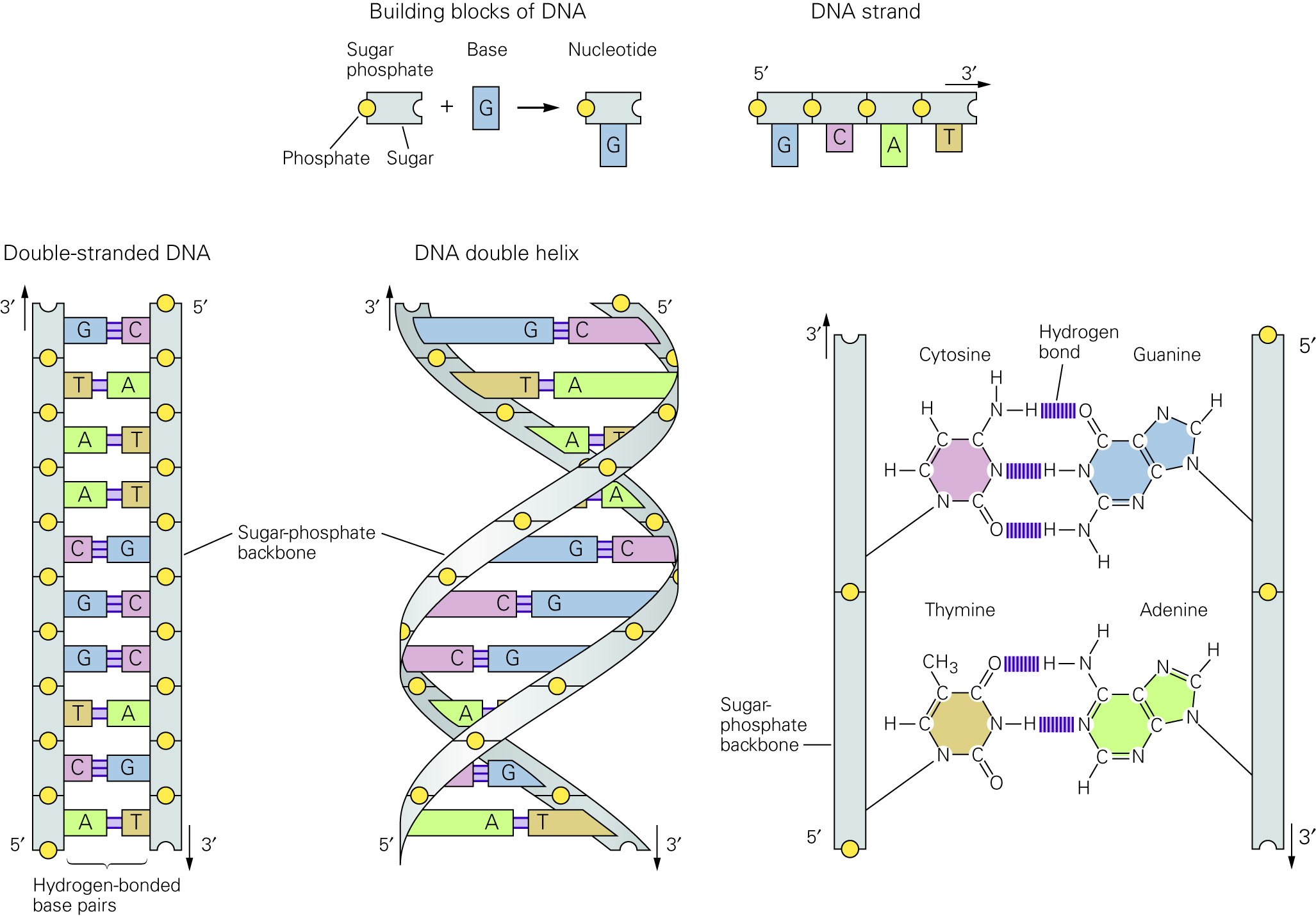
gene structure and expressioin
A. a gene consists of coding regions( exons) separated by noncoding regions( introns). its transcription is regulated by noncoding regions such as promoters and enhancers that are frequently found near the beginning of the gene
B. transcription leads to production of a primary single-stranded RNA transcript that includes both exons and introns
C. splicing removes introns from the immature transcript and ligates the exons into a mature messenger RNA( mRNA), which is exported from the nucleus of the cell
D. the mature mRNA is translated into a protein product
genes are arranged on chromosomes
42
humans have about 25,000 genes but only 46 chromosomes
the relationship between genotype and phenotype
44
genes and proteins are resilient in the face of small changes, so not every sequence change in a gene is deleterious. most mutations are simply allelic polymorphisms that are silent; that is, they do not have any effect on the phenotype. some are not silent but are expressed in ways that they are benign, for example in eye color. only rare mutations cause disturbance in development, cell function, or overt behavior. some mutations are pathogenic, however, and these lead to disease
genes are conserved through evolution
45
the nearly complete nucleotide sequence of the human genome was reported in 2000, and the complete nucleotide sequences of many animal genomes have also been decoded. comparisons between these genomes leads to a surprising conclusion: the unique human species did not result from the invention of unique new human genes
humans and chimpanzees are profoundly different in their biology and behavior, yet they share 99% of their protein-coding genes. moreover, most of the approximately 25,000 genes in humans are also present in other mammals like mice, and over half of all human genes are very similar to genes in invertebrates such as worms and flies. the conclusion from this surprising discovery is that ancient genes that humans share with other animals are regulated in new ways to produce novel human properties, like the capacity to generate complex thoughts and language
because of this conservation of genes throughout evolution, insights from studies of one animal can often be applied to other animals with related genes, an important fact as animal experiments are often possible when experiments on humans are not. for example, a gene from a mouse that encodes an amino acid sequence similar to a human gene usually has a similar function to the orthologous human gene
approximately one-half of the human genes have functions that have been demonstrated or inferred from orthologous genes in other organisms. a set of genes shared by humans, flies, and even unicellular yeasts encodes the proteins for intermediary metabolism, synthesis of DNA, RNA, and protein, cell division, and for cytoskeletal structures, protein transport, and secretion
the evolution from single-celled organism to multicellular animals was accompanied by an expansion of genes regulation. the genomes of multicellular animals,such as worms, flies, mice, and humans, typically encode thousands of transmembrane receptors, many more than are present in unicellular organisms. these transmembrane receptors are used in cell-to-cell communication in development, in signaling between neurons, and as sensors of environmental stimuli. the genome of a multicellular animal also encodes 1000 or more different DNA-binding proteins that regulate the expression of other genes. many of the transmembrane receptors and DNA-binding proteins in humans are related to specific orthologous genes in other vertebrates and invertebrates. by enumerating the shared genetic heritage of the animals, we can infer that the basic molecular pathways for neuronal development, neurotransmission, electrical excitability, and gene expression were present in the common ancestor of worms, flies, mice, and humans. moreover, studies of animals and human genes have demonstrated that the most important genes in the human brain are those that are most conserved throughout animal phylogeny. differences between mammalian genes and their invertebrate counterparts most often result from gene duplication in mammals or subtle changes in gene expression and function, rather than the creation entirely new genes
most human genes are related to genes in other species
less than 1% of genes are specific to humans; other genes may be shared by all living things, by all living things, by all eukaryotes, by animals only, or by vertebrate animals only
the predicted molecular functions of 26,383 human genes
the role of genes in behavior can be studied in animal models
circadian rhythm is generated by a transcriptinal oscillator in files, mice, and humans
47
we have a particularly complete picture of the genetic basis of the circadian control of behavior. an animal’s circadian rhythm couples certain behaviors to a 24-hour cycle linked to the rising and setting of the sun. the core of circadian regulation is an intrinsic biological clock that oscillates over a 24-hour cycle. because of the intrinsic periodicity of the clock, circadian behavior persists even in the absence of light or other environmental influences
the clock can be reset, so that changes in the daynight cycle eventually result in a matching shift in the intrinsic oscillator, a phenomenon that is familiar to any traveler recovering from jet lag. light-driven signals are transmitted by the eye to the brain to reset the clock. finally, the clock drives output pathways for specific behaviors, such as sleep and locomotion
47
a group of genes, not one gene, are conserved regulators of the circadian clock
molecular events that drive circadian rhythm
the gene that control the circadian clock are regulated by two nuclear proteins, PER and TIM, that slowly accumulate and then bind to one another to form dimers. when PER and TIM accumulate enough to dimerize, they enter the nucleus and shut off the expression of circadian genes including themselves. they do so by inhibiting CLOCK and CYCLE, which stimulate the transcription of per and tim genes. PER is highly unstable; most of the protein is degraded so quickly that is never has a chance to repress CLOCK-dependent per transcription. the degradation of PER is regulated by at least two different phosphorylation events by different protein kinases. when PER binds to TIM, PER is protected from degradation. as CLOCK drives more and more per and tim expression, enough PER and TIM eventually accumulate that the two can bind and stabilize each other, at which point they enter the nucleus to repress their own transcription. as a result, per and tim mRNA levels fall; thereafter, PER and TIM protein levels fall and CLOCK can (once again) drive expression of per and tim mRNA. during daylight TIM protein is degraded by signaling pathways that are regulated by light (including cryptochorme), so PER/TIM complexes from only at night. the CLOCK protein induces PER and TIM expression but is inhibited by PER and TIM proteins
neural variation in a protein kinase regulates activity in flies and honeybees
the social behaviors of several species are regulated by neuropeptide receptors
genetic studies of human behavior and its abnormalities
neurological disorders in humans suggest that distinct genes affect different brain functions
57
the fact that autistic defects in social communication can coexist with normal intelligence in other domains suggests that the brain is modular, with distinct cognitive functions that can vary independently
the idea that distinct genes affect different cognitive domains is supported by the contrasting effects of a rare genetic syndrome called Williams syndrome. children with Williams syndrome acquire language late, but they ultimately overcome their early deficits to develop strong language skills and normal social behavior. indeed, these children exhibit extreme sociability; for example, they lack the shyness children typically have in the presence of strangers. however, Williams children are profoundly defective in spatial processing, and they score as poorly as, or even worse than, autistic children on IQ tests. the different patterns of impairments in autism and Williams syndrome suggest that language and social skills can be separated from some other brain functions. brain areas concerned with language are impaired in autistic children but active or accented in Williams syndrome children. by contrast, general and spatial intelligence is more impaired in Williams syndrome than in many autistic children
autism-related disorders exemplify the complex genetic basis of behavioral traits
psychiatric disorders and the challenge of understanding multigenic traits
complex inheritance and genetic imprinting in human genetics
expression of an imprinted gene
imprinted genes are expressed from only one of two chromosomes, either the chromosome derived from the father or the one derived from the mother. in this example the gene responsible for Angelman syndrome is expressed only from the maternally derived chromosome. if this chromosome has a deletion (dashed region), the child has symptoms of the disease
58
understanding Mendelian inheritance is not always sufficient for understanding human genetic disorders. for example, studies of human developmental disorders have shown important effects of an unusual form of gene regulation called parental imprinting. although humans have two copies of all autosomes, they sometimes express mRNA from only one of the two copies of a gene, either the copy from the mother or the copy from the father. Angelman syndrome and Prader-Willi syndrome are examples of genetic diseases with a complex heritability caused by parental imprinting. to understand whether the DNA lesion was inherited from the father or the mother
59
parental imprinting is an example of the complexity that can confound expectations in human gene mapping. recent studies in mice by Catherine Dulac’s group suggest that parental imprinting is more common in the brain than it is in other tissues in the body. if this observation holds true in humans, it could help explain why mapping human behavioral traits is difficult








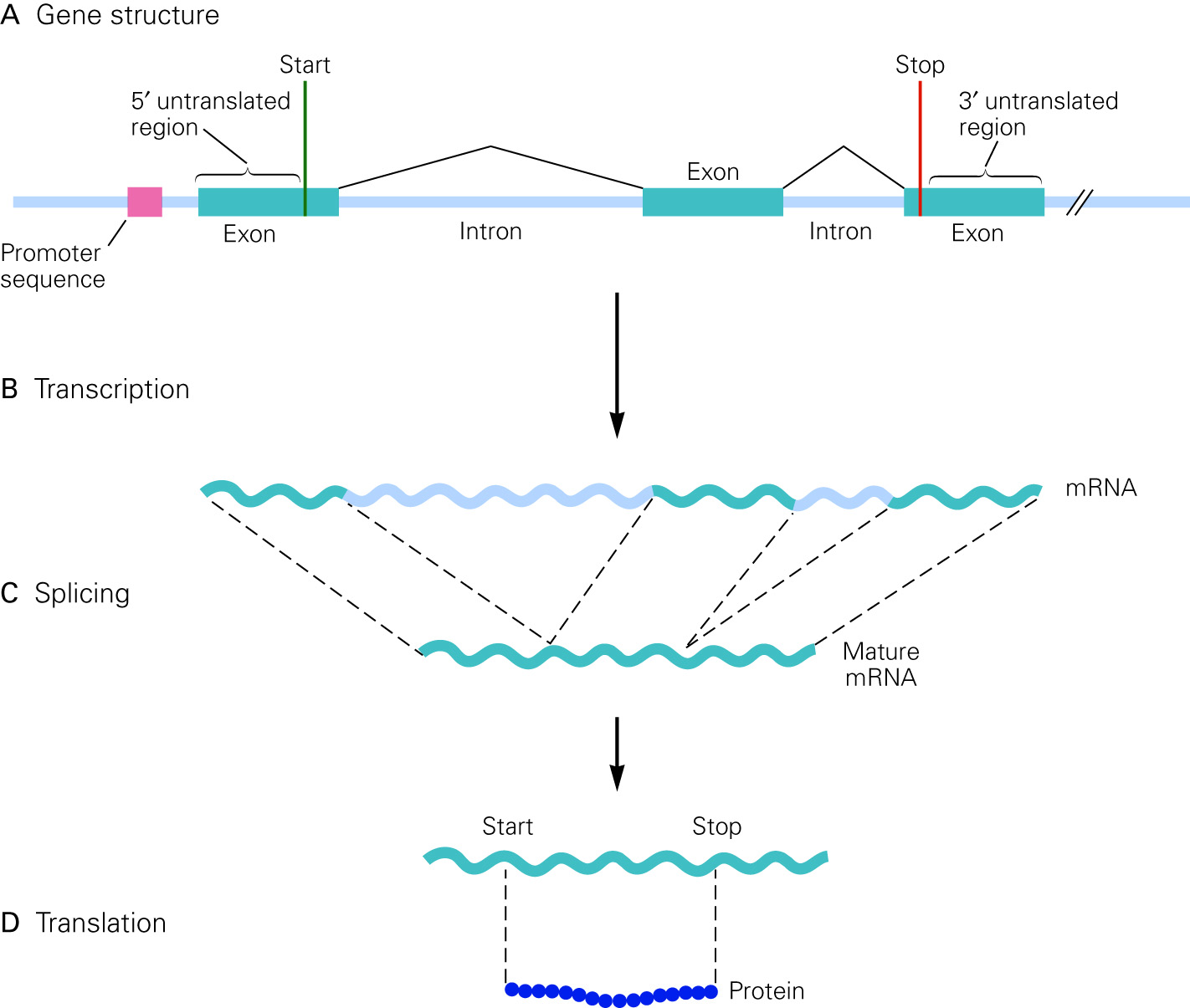
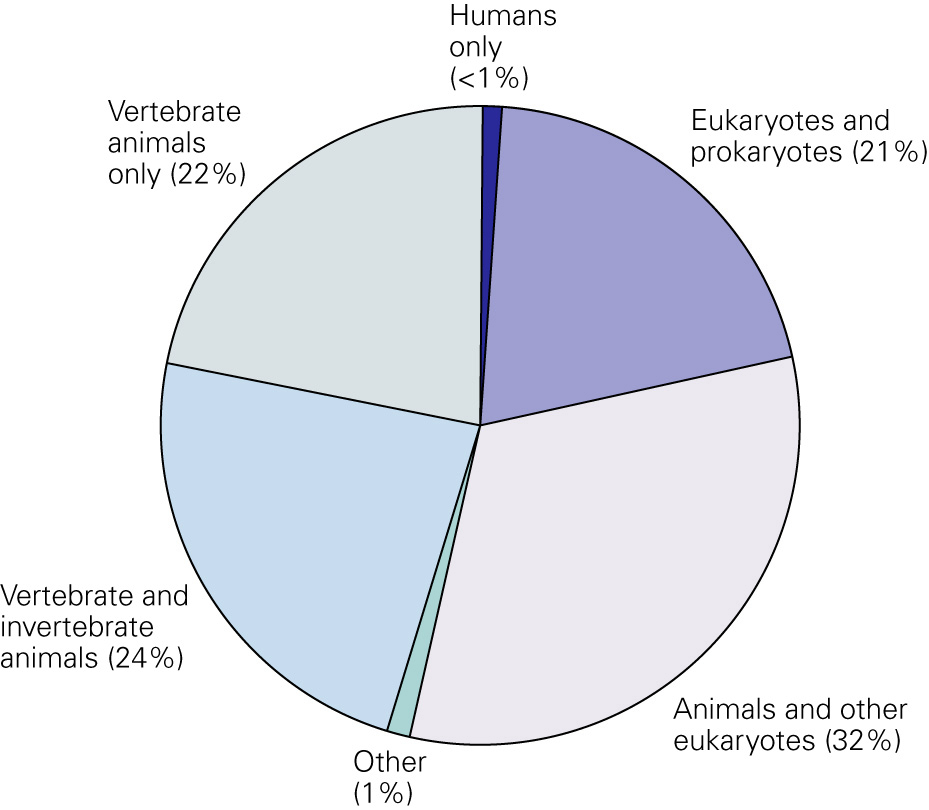
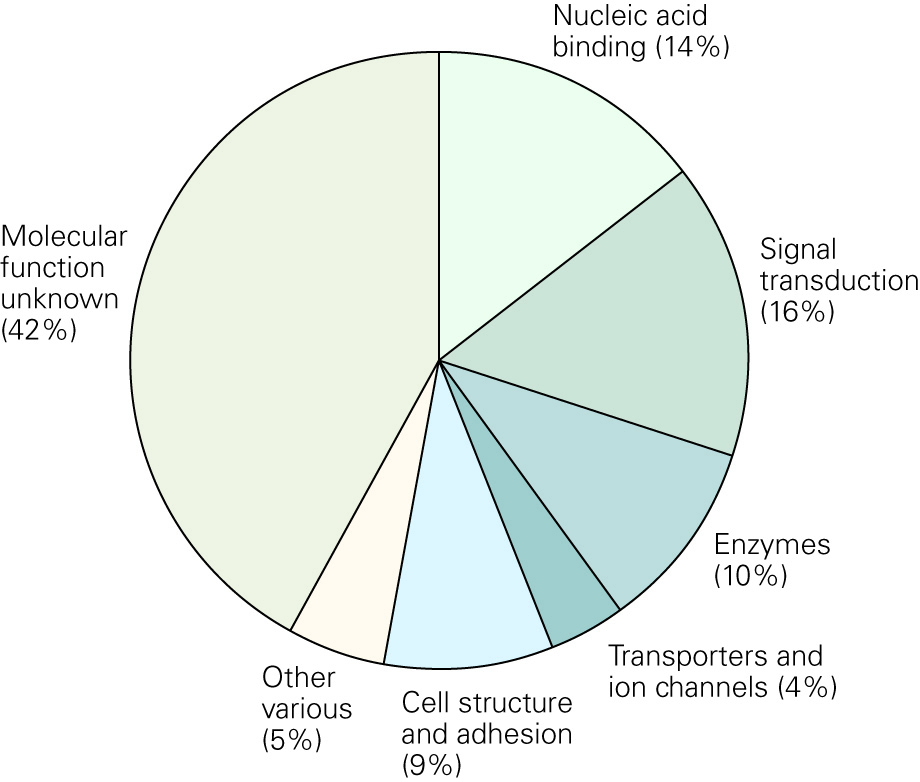
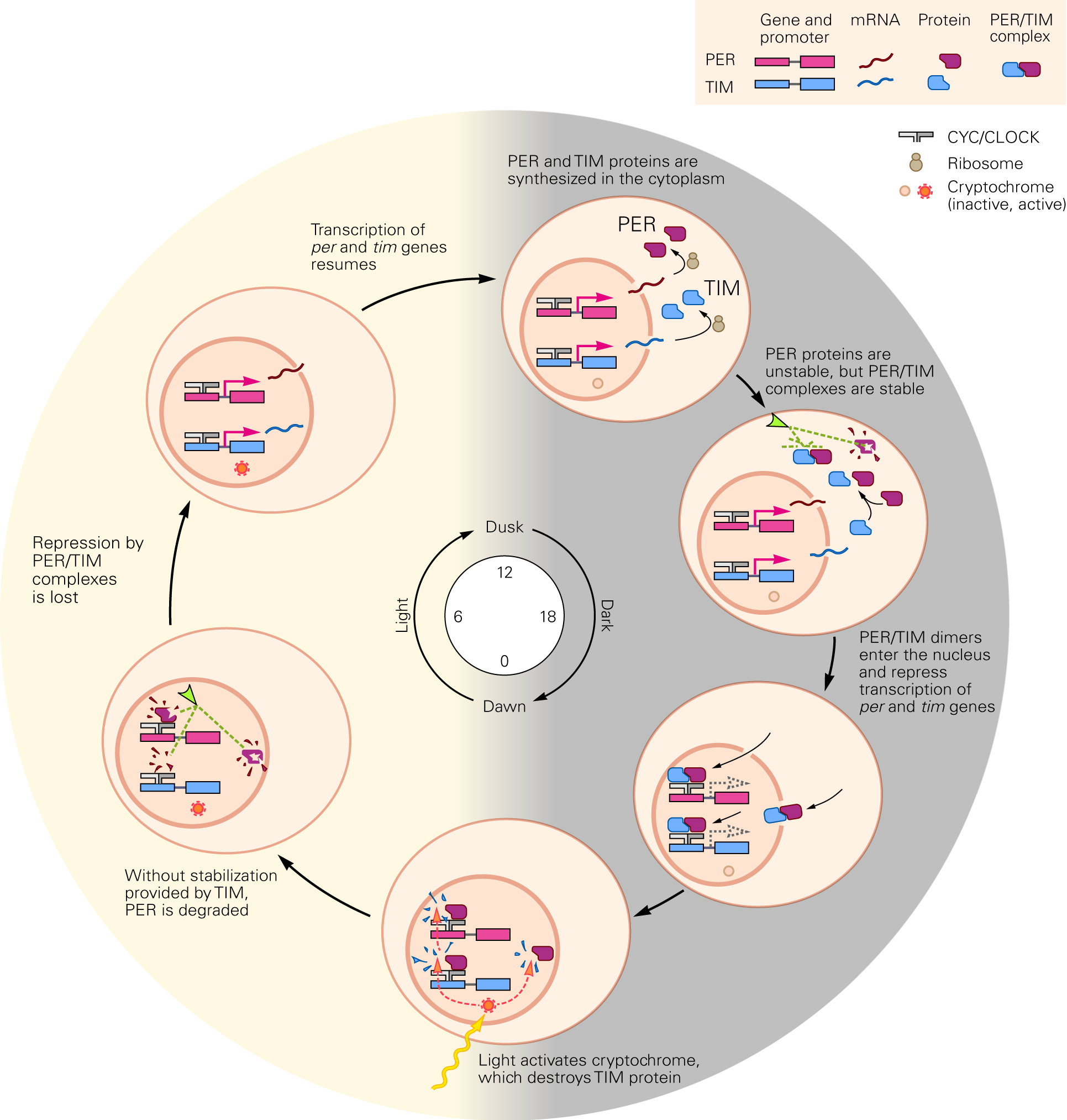
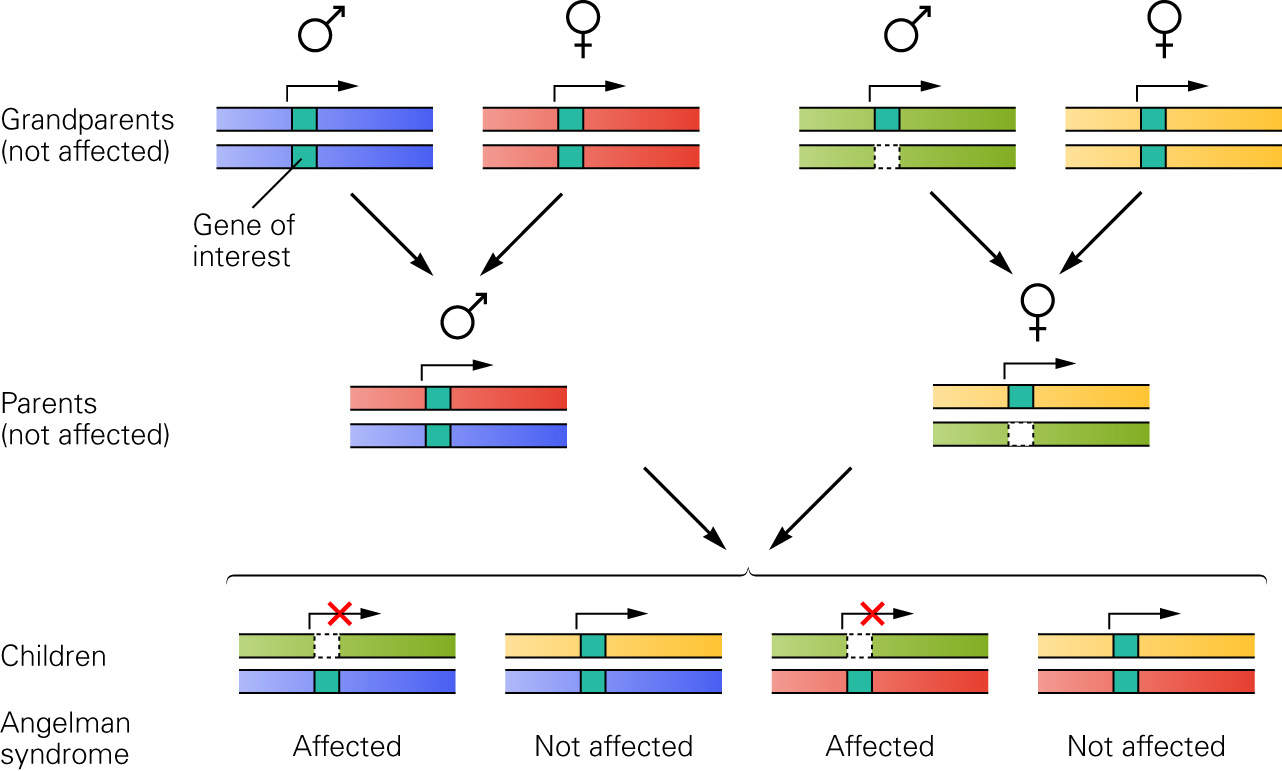














 4401
4401

 被折叠的 条评论
为什么被折叠?
被折叠的 条评论
为什么被折叠?








